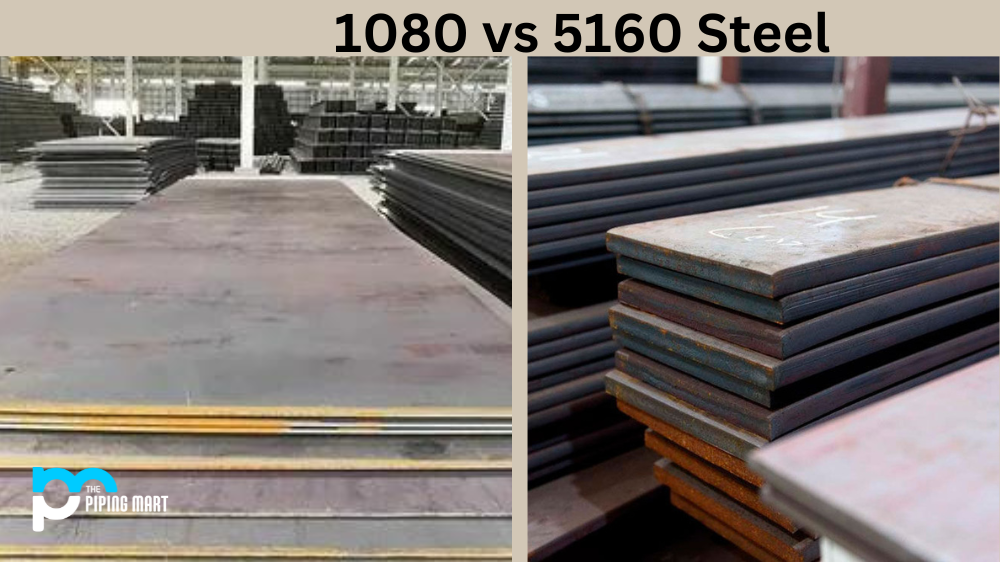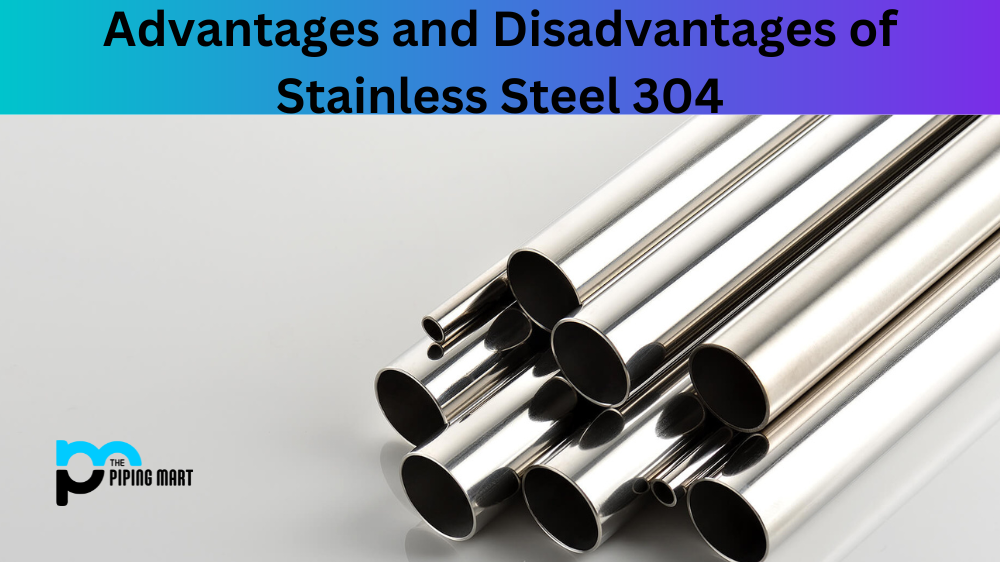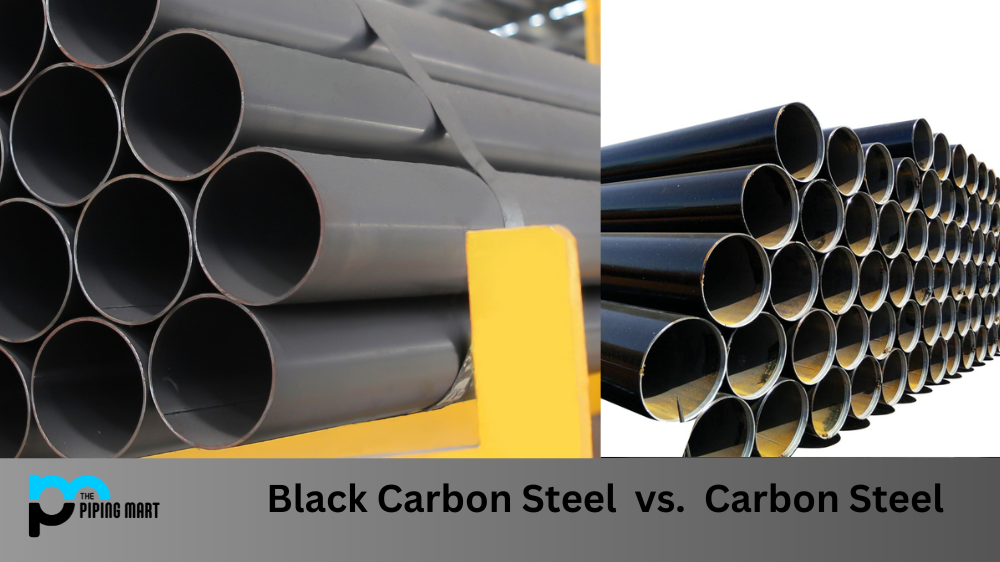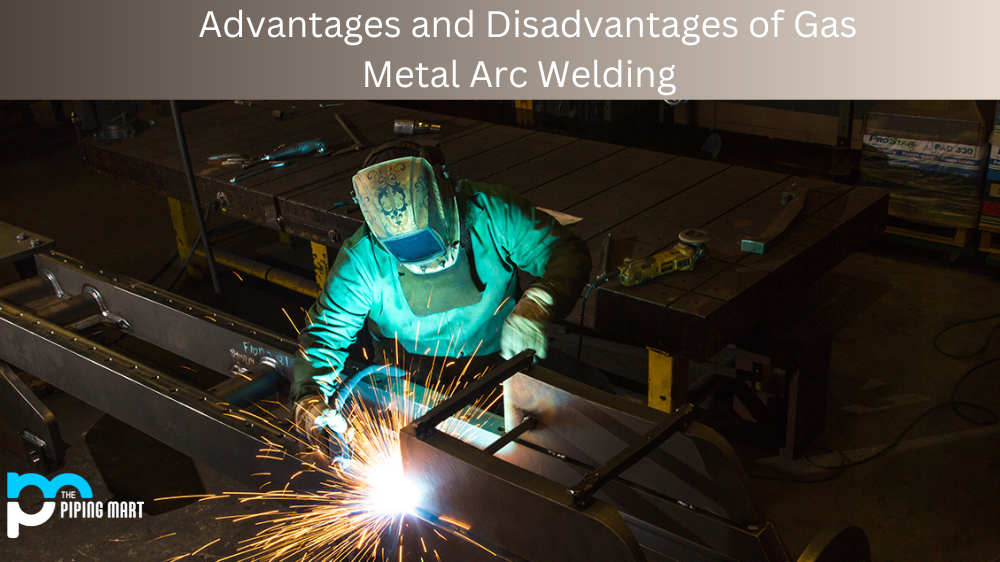A knife is not just a tool; it is an extension of our personality when pursuing the wild adventures of camping, hiking, or hunting. Steel is the backbone of any knife, and choosing the right one can significantly affect its performance and lifespan. The two most commonly used steels for knife blades are 1080 and 5160, known for their strength and durability. This blog post will compare 1080 vs 5160 steel and help you decide before purchasing your future favourite knife.
1080 steel
1080 steel is high-carbon steel consisting of 0.7-0.84% carbon, which makes it hard and relatively brittle. However, it also means it can hold a sharp edge for longer than other steels. Moreover, 1080 steel is easy to sharpen and responds well to heat treatments, such as quenching and tempering, making it ideal for making heavy-duty knives and swords. However, since it is relatively brittle, it can fracture or chip under heavy abuse, and it requires regular maintenance to avoid rust and corrosion.
5160 steel
5160 is a medium carbon steel containing 0.55-0.65% carbon, 0.7-1% manganese, and 0.15-0.3% silicon. These elements give it outstanding strength, toughness, and wear resistance, making it ideal for making tough and durable blades. 5160 steel is also known for its excellent shock absorption, which means it can take punishing use and abuse without cracking or chipping. Furthermore, 5160 steel is relatively easy to sharpen and more rust and corrosion-resistant than 1080 steel. However, it is easier than 1080 steel, so that it may hold its edge for a short time.
Difference Between 1080 and 5160 steel
1080 and 5160 steel sheets are two of the most popular types of steel used in knife making. Both are high-carbon steels that can be heat treated to achieve a wide range of hardness levels. However, some critical differences between the steel sheets should be considered when choosing which one to use for your next knife.
Composition
One of the main differences between 1080 and 5160 steel is their composition. 1080 steel contains 0.80% carbon, while 5160 steel contains 0.60% carbon. The higher carbon content of 1080 steel makes it more complicated than 5160 steel, but it is also more brittle and difficult to forge.
Hardness
The hardness of steel is measured on the Rockwell C scale. 1080 steel has a hardness of 58-60 HRC, while 5160 steel has a hardness of 56-58 HRC. This means that 1080 steel will hold an edge better than 5160 steel but will also be more susceptible to chipping and breaking.
Foreseeability
Foreseeability measures a steel’s ability to be shaped when heated in a forge. 5160 steel is much more forgeable than 1080 steel, making it easier to work with when heated. However, this also means that 5160 steel is less likely to retain its shape after being forged, which may require more work to get the desired results.
Uses
1080 and 5160 steel are commonly used to make high-quality knives, swords, and tools. However, since 1080 steel is more complex and brittle, it is typically used to make smaller, lighter blades and intricate designs such as decorative Damascus steel. On the other hand, 5160 steel is preferred for making larger, heavier blades such as machetes, axes, and heavy-duty knives for camping, hunting, or combat. 5160 steel is also an excellent choice as a spring steel, thanks to its toughness and shock-absorbing capabilities.
Cost
Steel is essential when purchasing a knife or making your own. 1080 steel is typically more expensive than 5160 steel due to its higher carbon content and hardness. However, the price difference is insignificant, and both steels are relatively affordable, especially when compared to premium steels such as S30V or 154CM.
Conclusion
Choosing between 1080 and 5160 steel for knives can be challenging, depending on your needs, preferences, and budget. If you want a hard, sharp edge that can last longer, 1080 steel is an excellent choice, especially for smaller blades and decorative designs. However, if you need a tough and durable knife that can take a beating without chipping or cracking, 5160 steel is the way to go. Both steels are affordable, easy to sharpen, and excel in different applications. Ultimately, your choice will depend on your intended use and personal preferences.

Hey, I’m Krutik, a casual blogger expert in the metal industry. I am passionate about providing valuable information to my readers. With a background in engineering and construction, I like playing Cricket & watching Netflix shows in my free time. Thank you for visiting my blog, and I hope you find my information helpful!




